How to prune and train peaches 2x6ft spacing?
fruitnut Z7 4500ft SW TX
10 years ago
Related Stories

WINTER GARDENINGPruning Secrets for Exquisite Roses
Encourage gorgeous blooms year after year with this time-tested advice on how to prune your rosebush in winter for health and shape
Full Story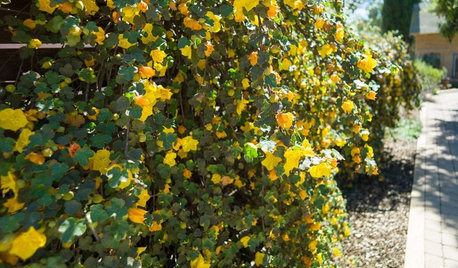
GARDENING GUIDESTidy Up Sprawling Native Shrubs With These Pruning Tips
Sound horticultural pruning methods work for native and nonnative plants alike
Full Story
EDIBLE GARDENSHow to Grow Your Own Peaches and Nectarines
Make gardening a little sweeter with these juicy fruits, which you can eat after plucking or preserve for later
Full Story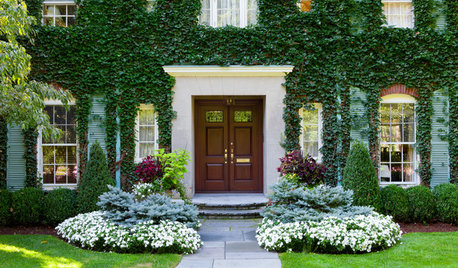
EXTERIORSCare and Training for a Vine-Covered Home
Love the look but don’t want the ruin? Learn how to have vine-draped walls without all the cracks and crumbling
Full Story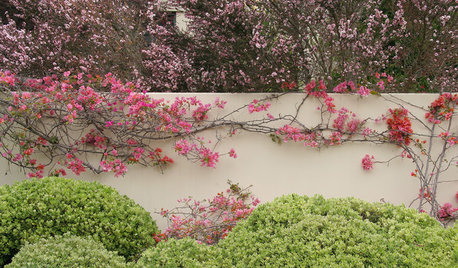
LANDSCAPE DESIGNThe Art of the Espalier
Go ahead, let limited garden space drive you up the walls. With these 6 ways to train plants vertically, it can be a beautiful thing
Full Story
SIDE YARD IDEASNarrow Trees for Tight Garden Spaces
Boost interest in a side yard or another space-challenged area with the fragrance and color of these columnar trees
Full Story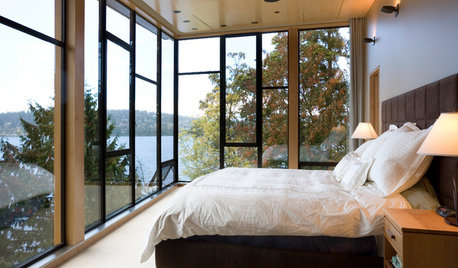
BEDROOMSDream Spaces: Bedrooms With Amazing Views
Soaring over the city or nestled amidst nature, these sleeping spaces focus on the most divinely designed feature of all
Full Story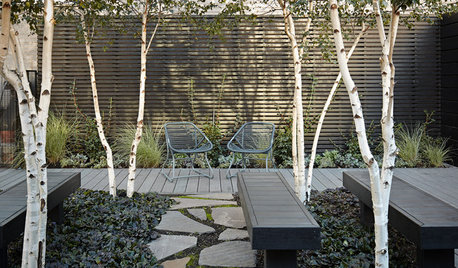
LANDSCAPE DESIGN5 Ways to Use Trees to Create a Sensational Garden Space
Trees define spaces in multiple ways and bring a layer of shade and intrigue to the landscape
Full Story
GARDENING AND LANDSCAPINGCrazy for Fruit Trees
Whether a single citrus or a mini apple orchard, even the smallest landscape space can bear deliriously delicious fruit
Full Story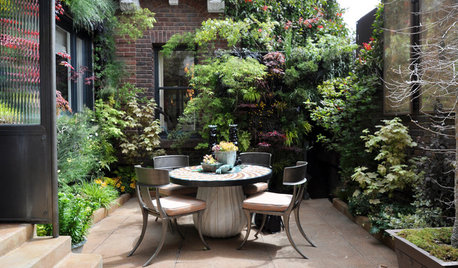
LANDSCAPE DESIGN8 Ways to Grow More Plants in Small Spaces
Use plants to bring your pocket garden to life
Full StoryMore Discussions






rayrose
alan haigh
Related Professionals
Baltimore Landscape Architects & Landscape Designers · Cary Landscape Architects & Landscape Designers · Foothill Ranch Landscape Architects & Landscape Designers · Middle Island Landscape Architects & Landscape Designers · Roosevelt Landscape Architects & Landscape Designers · South Elgin Landscape Architects & Landscape Designers · West Chester Landscape Architects & Landscape Designers · Fort Myers Landscape Contractors · La Vista Landscape Contractors · Long Branch Landscape Contractors · San Antonio Landscape Contractors · Santa Ana Landscape Contractors · Tacoma Landscape Contractors · Welby Landscape Contractors · Yukon Landscape Contractorsfruitnut Z7 4500ft SW TXOriginal Author
alan haigh
fruitnut Z7 4500ft SW TXOriginal Author
Scott F Smith
fruitnut Z7 4500ft SW TXOriginal Author
Scott F Smith
fruitnut Z7 4500ft SW TXOriginal Author
waiting_gw
fruitnut Z7 4500ft SW TXOriginal Author
waiting_gw
fruitnut Z7 4500ft SW TXOriginal Author
rayrose
fruitnut Z7 4500ft SW TXOriginal Author
waiting_gw
fruitnut Z7 4500ft SW TXOriginal Author
MrClint
fruitnut Z7 4500ft SW TXOriginal Author
MrClint
fruitnut Z7 4500ft SW TXOriginal Author
bob_z6
fruitnut Z7 4500ft SW TXOriginal Author
MrClint
fruitnut Z7 4500ft SW TXOriginal Author
rayrose
MrClint
matthew Scharf